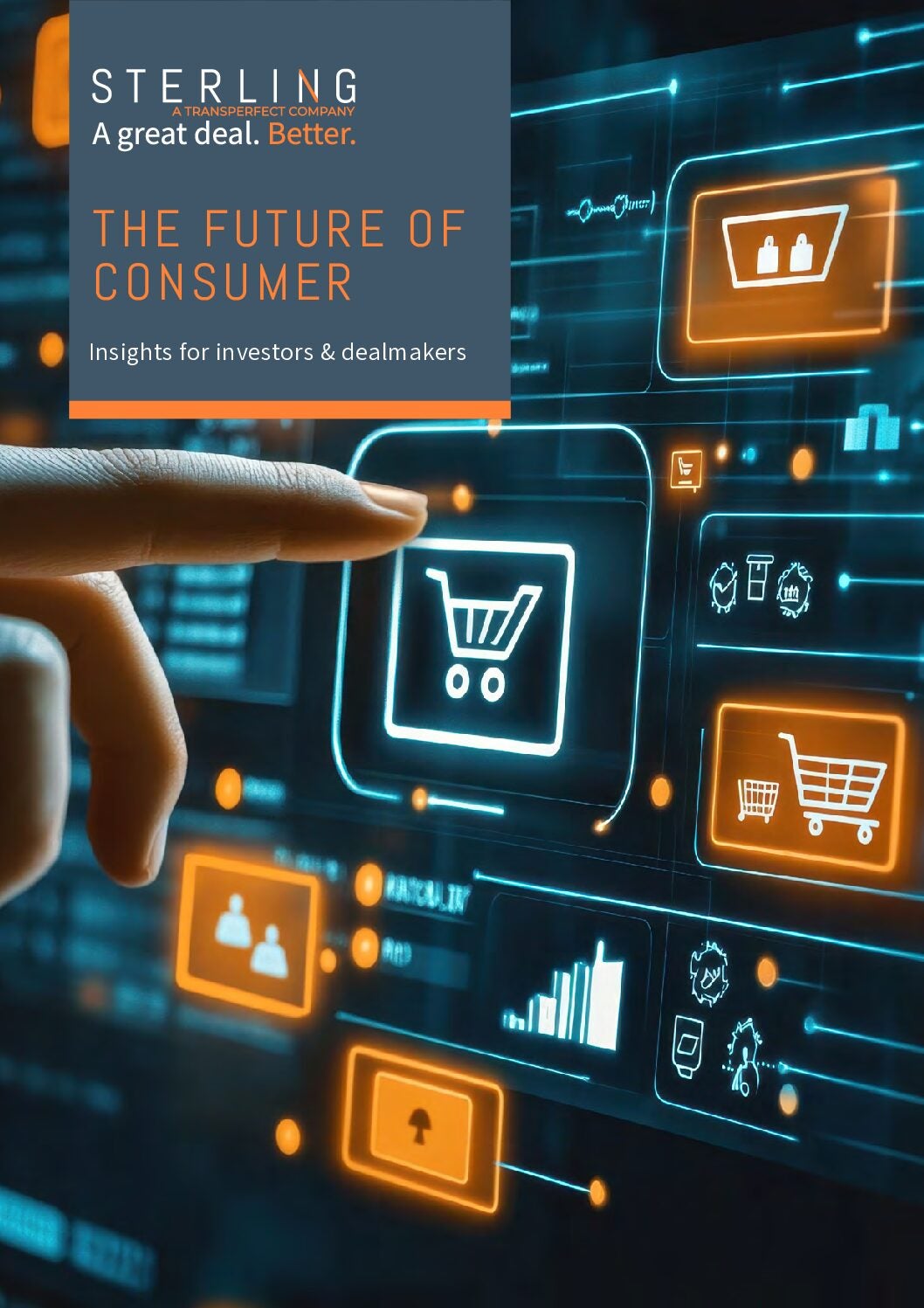
AI: from backend tool to frontline driver
Artificial intelligence is fast becoming the operating system of consumer-facing industries. Retail, foodservice, personal care and health products are already seeing measurable returns. GlobalData forecasts the global AI market will soar from $103 billion in 2023 to over $1 trillion by 2030—a compound annual growth rate (CAGR) of 39%. That is not hype. It is reallocation on a generational scale.
Retailers are deploying AI to squeeze waste from every node of the supply chain. Predictive systems are cutting surplus stock by as much as 40%, easing the working capital burden in an inflationary world. On the customer side, hyper-personalised experiences—powered by AI’s ability to digest and act on massive datasets—are pushing conversion rates up by as much as 15%.
Consumers are not passive in this shift. In GlobalData’s Q1 2025 consumer survey, more than one-third of respondents rated personalisation as an “essential” factor in their purchasing decisions. Personalisation, once a luxury, is now a frontline expectation.
AI’s impact is not confined to storefronts. In packaging, it is optimising materials and design, driving efficiency gains of up to 25% and slashing defect rates by as much as 40%. In foodservice—a sector long plagued by razor-thin margins and volatile demand—AI-driven forecasting is reducing waste and improving order accuracy.
This is no longer about incremental improvement. It is a wholesale recalibration of how consumer companies manage cost, complexity and customer relevance.
Digitise or die—but beware the minefields
Yet the digital dividend does not come without risk. The more data companies harness to sharpen their customer experiences, the more exposed they become. Cybercriminals are following the data trail. In 2024, retail, hospitality and consumer packaged goods companies all reported sharp increases in attempted cyberattacks—from hijacked brand accounts to QR code scams and synthetic identity fraud.
Geopolitical instability is amplifying the threat. With state-sponsored actors targeting both infrastructure and brands, boards are raising the alarm. Many are responding with 15–20% hikes in cybersecurity budgets and embracing “zero-trust” frameworks to lock down their digital perimeters.
The stakes are financial as well as reputational. Under GDPR, data breaches can trigger fines of up to 4% of global revenue. For publicly listed consumer giants, that is a nine- or ten-figure liability. The message is clear: digital innovation must be matched by digital governance.
The high-speed, high-cost future of e-commerce
E-commerce remains the fastest-moving frontier of consumer behaviour. Quick commerce, or q-commerce, is expected to reach $200 billion in global revenues by 2025, driven by rising consumer expectations for near-instant delivery. But while demand is exploding, profitability remains elusive.
The problem lies in the last mile. Ultra-fast delivery models can consume up to 53% of total supply chain costs. To claw back margin, leading players are turning to automation. Micro-fulfilment centres, autonomous vehicles and drone fleets are shifting from experimentation to rollout.
Regulators are forcing a parallel rethink of packaging and distribution. The European Union will cap empty packaging space at 50% by 2030, spurring efficiency gains across the industry. Amazon’s “ship-in-own-container” initiative—a programme that eliminates unnecessary outer packaging—now covers 11% of its shipments, up from just 8% in 2021.
Yet the path forward is not guaranteed. Nearly half of Amazon’s top sellers are based in China. With tariff tensions threatening to reignite, cross-border costs could rise sharply. For e-commerce strategists, the tension between technological opportunity and geopolitical risk remains unresolved.
Smarter, faster, greener: the rise of IoT and robotics
If AI is the brain of the new consumer enterprise, IoT and robotics are the senses and limbs. Together, they are unlocking new forms of intelligence, automation and efficiency across supply chains.
IoT spending is projected to reach $20.6 billion by 2028, with applications ranging from predictive maintenance to energy optimisation and real-time asset tracking. These systems are already enhancing environmental, social and governance (ESG) reporting, offering granular visibility into emissions, water use and temperature-sensitive logistics.
The World Economic Forum estimates that combining AI, IoT and 5G infrastructure could slash global emissions by 15%—a figure that will not go unnoticed by sustainability-focused investors and regulators.
Robotics, too, is accelerating. The global market is forecast to triple from $76.1 billion in 2023 to $217.6 billion by 2030. Service robots—used in hospitality, retail and domestic contexts—are the largest category. But industrial robots remain critical to warehouse and manufacturing transformations, with the segment expected to nearly double from $23.8 billion to $45.1 billion.
Among subcategories, exoskeletons—wearable robotic supports for human workers—are growing fastest, with a 33% CAGR. Other high-growth niches include drones, autonomous logistics robots and consumer-grade bots for homes and personal services.
For dealmakers, the signal is clear: robotics is no longer a capital-intensive moonshot. It is a modular, investable frontier with tangible short-term applications.
The platform era beckons
Consumer markets are no longer merely testing new technologies—they are being rebuilt by them. What began as pilot projects in IT backrooms are now reshaping entire business models.
The firms that succeed will not be those with the flashiest apps or trendiest gadgets. They will be those that stitch AI, IoT and robotics into the very fabric of their operations—making technology not a differentiator, but a foundation.
For investors and strategists, this marks a decisive shift. The next generation of category leaders will be platform-native, data-driven and supply chain agile. Sector alone will no longer define competitive edge. Systems will.
Discover further insights
To learn more, download our new report—The Future of Consumer: Insights for Investors & Dealmakers—published in association with Sterling Technology—the provider of premium virtual data room solutions for secure sharing of content and collaboration for the investment banking, private equity, corporate development, real estate, capital markets and legal communities engaged in consumer and retail M&A dealmaking and capital raising.



